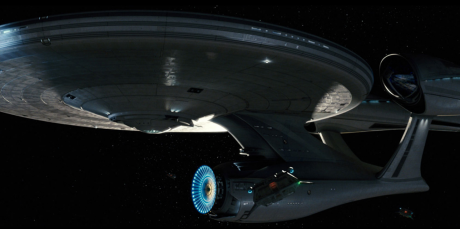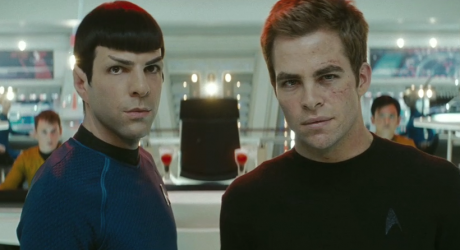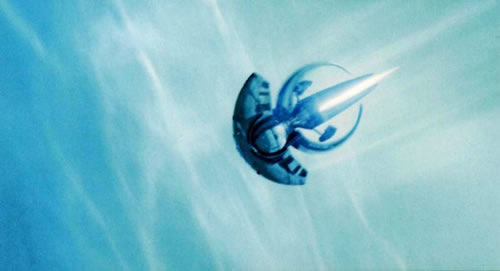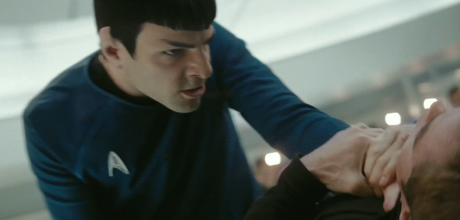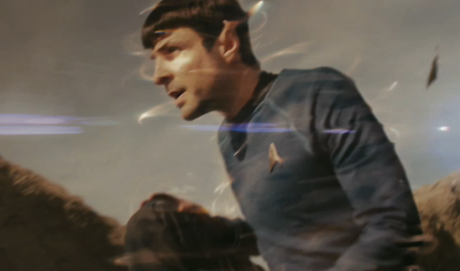NYU Scientists Create Microscopic Tractor Beam!
Saturday, November 3rd, 2012Star Wars uses tractor beams as frequently as newly graduated college kids use U-Haul trailers.
Imagine if, just like in the movies, you could hook up those U-Hauls with a tractor beam instead of trying to get one of those ball-and-cup trailer hook-ups?
That day might not be as far away as it once was according to research at the Department of Physics and Centre for Soft Matter Research at New York University. Although it’s on a significantly smaller scale than trying to yank the Millenium Falcon into your garage using a flashlight, scientists have recently used a beam of light to pull a particle in a line. While researchers of the ideas surrounding what’s being called ‘soft matter’ have used laser ‘tweezers’ to pull along particles, using light alone to move something verged on magical.
By varying the relative phase of the two beams, this technique traps the particle in a moving hologram they call an ‘optical conveyor’ which allows ‘bi-directional transport in three dimensions’.
New Scientist explains how projecting the beams in this way creates a pattern of alternating bright and dark regions. By fine tuning the beam photons in the bright regions which flow past the chosen particle can be made to scatter backwards, hitting the particle and knocking it on towards the next bright region.
Watch the guy in the video explain it in an endearingly enthusiastic nerdy manner…and then explain what he’s talking about to us.
